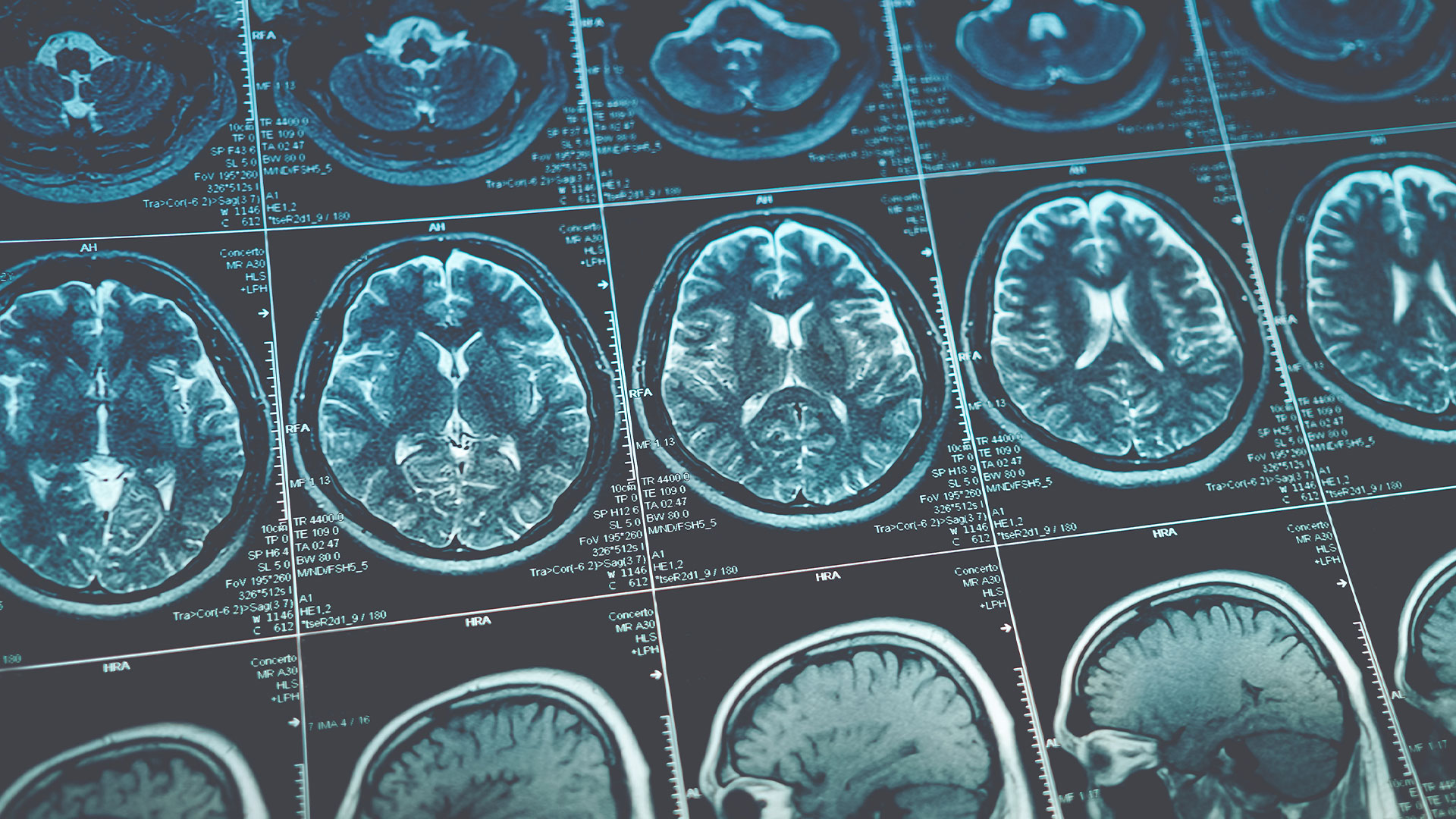
Car crashes, falls, playground accidents, and even violent acts can lead to serious head trauma, but by far, the most common cause is sports. Every year, up to 3.8 million athletes sustain a concussion directly related to a sports accident.
Concussions fall under the umbrella term “traumatic brain injury (TBI),” which includes any damage to the brain caused by a bump, blow, puncture, or jolt, to your head. By this definition, TBIs can occur even in the absence of contact with an object — violent shaking, for example.
Knowing when to seek medical attention for a head injury can be confusing, especially if you’re looking for classic signs of injury, such as bleeding or bruising. Often, head injuries have no observable physical symptoms because the damage lies under the surface.
Our team at St. Michael’s Elite Hospital in Sugar Land, Texas, offers board-certified emergency care for head injuries and all types of urgent medical needs. If you’ve sustained a TBI, even if it doesn’t look bad on the outside, we use the latest technology to find out what’s going on on the inside, including high-quality computed tomography imaging with a CT scan.
Understanding the CT scan
Computed tomography (CT or CAT scan) is a diagnostic medical imaging test. Most people are familiar with X-rays, which generate images of bone and other large structures. The CT scan produces similar images of bone and soft tissues and can also produce multiple, cross-sectional images.
CT scans aren’t just for head trauma. They also help detect:
- Muscle and bone disorders
- Tumors
- Fractures
- Cancer
- Heart disease
- Internal bleeding
Furthermore, CT scans guide surgeries, biopsies, and radiation therapy and monitor medical conditions and their treatments.
The process is simple and painless. As you lie perfectly still, the table you’re on moves into a large ring-shaped device that scans your head 360 degrees.
The scans are produced in multiple planes, compiled into three-dimensional images, and sent to a computer screen. We can print them on film or in 3-D and transfer them to a CD or DVD so you can show the images to your primary doctor or any specialist you need to see later.
How to tell if you need a CT scan after a head injury
Head injuries can be extremely dangerous, especially since the damage may not be visible externally. A CT scan is the best diagnostic tool to see if you have any internal injuries, skull fractures, or brain bleeds that require immediate attention because they reveal information about your bones, internal organs, soft tissues, and blood vessels in much greater detail than regular X-rays.
Even if you don’t have a cut, bump, or bruise, you may have symptoms of a TBI, including:
- Weakness on either side of your body
- Trouble speaking, swallowing, or hearing
- Difficulty seeing
- Repeated vomiting
- Severe headache
- One pupil is larger than the other
- Fluid or blood coming from an ear or the nose
Not all head injuries require a CT scan, but the best way to know for sure is to come see us at St. Michael’s Elite Hospital. Our experts will see you right away and let you know whether you need a CT scan or any other tests or treatments.
Don’t take a chance; call us today or walk-in whenever you need us. We’re open 24 hours a day, seven days a week. You can also book an appointment online.
 What Moms Need to Know About Infant Jaundice
What Moms Need to Know About Infant Jaundice
